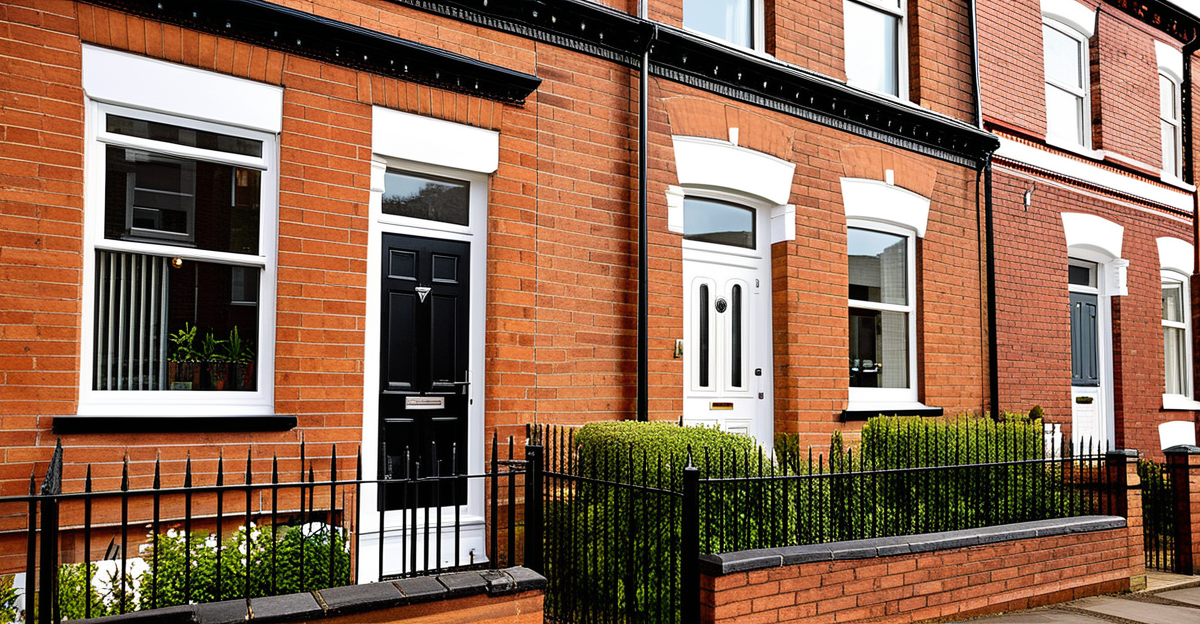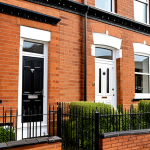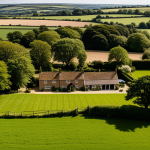Essential energy-saving upgrades for Victorian terraces in Manchester
Enhancing energy efficiency in Victorian terraces demands targeted improvements with the home’s unique fabric in mind. For many homeowners in Manchester, prioritising insulation is critical, particularly for solid walls and loft spaces. Solid wall insulation, either internal or external, significantly reduces heat loss, which is a major source of inefficiency in these older brick constructions. Proper loft insulation adds another barrier, effectively decreasing heat escape through the roof, a common issue in Victorian terraces.
Draught-proofing is another essential upgrade. Many Victorian houses feature original period details such as sash windows and doors prone to gaps that allow cold air infiltration. Effective draught-proofing involves sealing these spaces without compromising the heritage features. Using discreet brush strips and high-quality seals can maintain the architectural character while improving comfort and reducing energy bills.
In the same genre : Revitalizing liverpool’s brownfields: creative approaches for property developers to unlock hidden opportunities
When considering window upgrades, it’s important to balance improved thermal performance with the property’s historical value. Secondary glazing often offers an effective solution, providing insulation without removing original window frames. In some cases, slim-profile double glazing designed for Victorian homes can enhance energy efficiency while preserving the look of period windows.
These measures, when combined, form a comprehensive approach that acknowledges the challenges of adapting historic terraces in Manchester. Implementing these energy-saving tips ensures that heritage is protected while modern living standards are supported.
This might interest you : Boosting countryside property value: how digital connectivity transforms uk rural real estate
Modern heating solutions suited to older Manchester homes
Finding the right heating solutions for Victorian terraces involves upgrading boilers and radiators without disrupting the home’s historic character. Modern condensing boilers are highly efficient and compatible with existing pipework, offering significant energy savings in Manchester homes. Choosing radiators with a classic style but improved heat output ensures comfort while maintaining period aesthetics.
Smart heating controls further enhance energy efficiency in Victorian homes by allowing precise temperature regulation and scheduling. These systems adapt heating patterns to occupants’ needs, reducing wastage and lowering energy bills. For example, thermostatic radiator valves combined with central controls can provide room-by-room temperature adjustments, ideal for the compartmentalised layouts typical of terraces.
Balancing heritage preservation with modern comfort requires careful integration of new equipment. Boilers and heating components should be installed discreetly to retain the visual appeal of listed or conservation properties. Consultation with specialists experienced in efficient heating for Manchester’s Victorian terraces helps achieve this balance, ensuring sustainability does not come at the cost of heritage loss.
By combining upgraded boilers, period-appropriate radiators, and smart controls, homeowners can enjoy comfortable living environments that respect the architectural history while embracing sustainable heating technologies.
Navigating local grants, incentives, and regulations
Understanding Manchester energy grants is vital for homeowners aiming to enhance energy efficiency in Victorian terraces without bearing the full financial burden. Local councils and government schemes provide targeted support for retrofitting solid wall insulation, upgrading heating systems, and improving glazing—all key components in energy-saving projects. These grants can significantly reduce upfront costs and encourage adoption of sustainable technologies suited to older properties.
Recognising Victorian home improvement grants, which often require compliance with heritage conservation rules, ensures that renovations respect both energy goals and historical integrity. Owners must navigate listed building restrictions and permissions carefully to avoid delays or penalties. This includes obtaining approvals for changes to periodspecific features like sash windows and external facades. Engaging early with local planning authorities can streamline this process and provide clarity on acceptable interventions.
Accessing experienced local contractors familiar with Manchester’s regulations and the unique challenges of Victorian terraces is paramount. These specialists understand how to balance energy-saving ambitions with preservation requirements, ensuring workmanship meets both efficiency standards and conservation guidelines. Their expertise also helps in preparing grant applications aligned with regulatory frameworks, maximizing chances of funding approval.
Combining financial incentives, regulatory compliance, and skilled execution positions homeowners to achieve meaningful energy improvements while honouring Manchester’s architectural heritage.
Maintaining heritage while reducing energy bills
Preserving heritage conservation in Manchester is essential when improving the energy saving historic homes embodied by Victorian terraces. One of the most sensitive areas is the repair and sympathetic upgrade of sash windows. These original features often suffer from draughts and poor insulation, yet replacing them outright can damage the architectural integrity. Instead, careful refurbishment using traditional materials and techniques, such as repairing glazing putty and installing draught-proofing strips, maintains the historic character while reducing heat loss.
Selecting materials that align with historical conservation guidelines is equally crucial. For instance, lime-based plasters and breathable paints prevent moisture buildup, protecting the fabric of the walls without trapping dampness. Choosing these materials supports both building health and energy efficiency, as incompatible modern alternatives may cause long-term damage and increased heating needs.
Success stories from Manchester terrace owners demonstrate how combining these sensitive upgrades can lead to substantial reductions in energy bills. Homeowners report increased comfort and reduced reliance on heating systems after investing in heritage-friendly improvements. Their experiences underline that respecting original features and applying modern energy-saving solutions are not mutually exclusive but can work together to enhance both sustainability and historical value.
Adapting to Manchester’s unique climate challenges
Manchester’s damp and often chilly climate presents distinct challenges for energy efficiency in Victorian terraces. A major concern is managing moisture to prevent dampness and condensation, which not only degrade the building fabric but also increase heating demand. To address this, effective damp solutions for Victorian houses focus on improving ventilation while maintaining thermal performance. Controlled ventilation systems, such as trickle vents combined with extractor fans in kitchens and bathrooms, help remove excess moisture without significant heat loss.
Weatherproofing plays a vital role in reducing heat loss caused by exposure to Manchester’s frequent rain and wind. Installing appropriate external treatments, including non-invasive rain deflectors and protective coatings sympathetic to heritage requirements, can safeguard walls and windows against water ingress. These measures contribute to a drier interior environment, which enhances occupant comfort and reduces the need for excessive heating.
Seasonal maintenance is also critical for sustaining energy-saving benefits year-round. Regular checks of guttering, downpipes, and roof integrity prevent water build-up and related damage. Additionally, inspecting and maintaining draught-proofing seals ensures their effectiveness through colder months. By proactively managing these aspects, homeowners can better adapt their Victorian terraces to the local climate, achieving both improved energy efficiency and preservation of historic features.







